Case
The Streamr Hub dApp is the gateway to real-time data streams

Imagine a house filled with IoT devices, like smart fridges and washing machines, each capable of sending real-time data streams. Multiply the number according to a neighborhood, a city, or even a country. The Streamr Hub is a decentralized application (dApp) interface of a network capable of connecting all those data flows, making them readily available for other parties and more.
TX has been a trusted partner of Streamr since 2017. Our most recent work saw the launch of the Streamr Hub, where we helped with its UX/UI design and development.
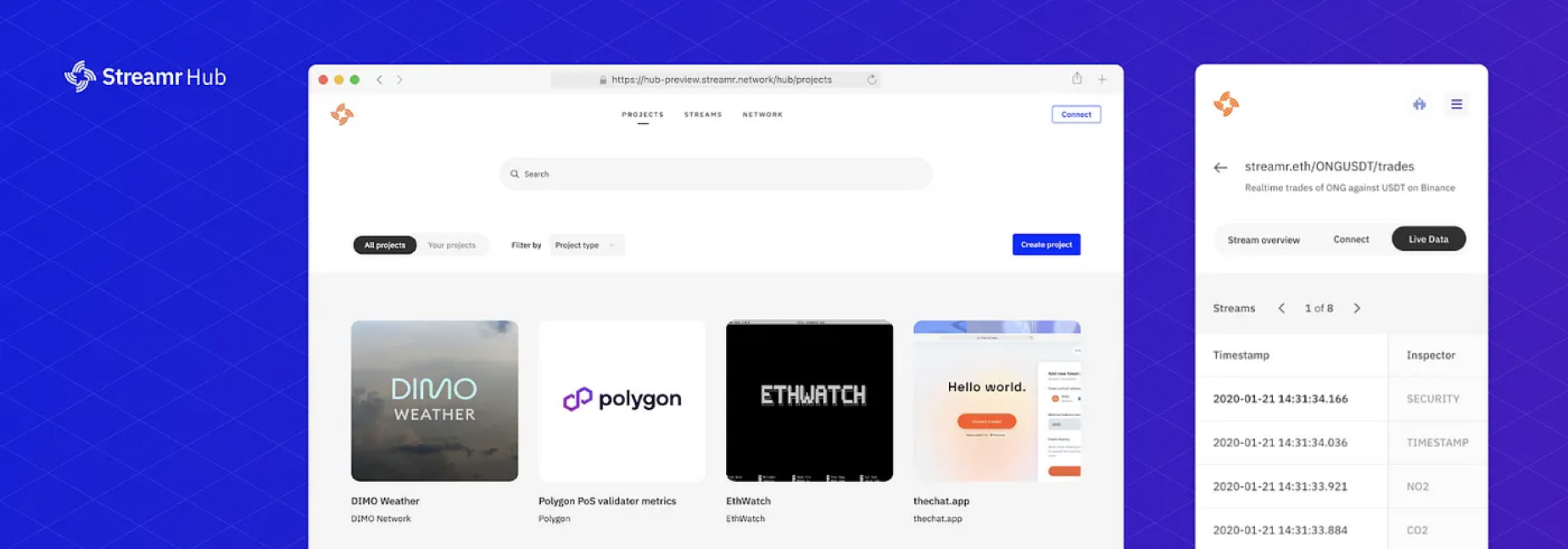
Overview of the Streamr Hub dApp
The Streamr Network is a fully decentralized and scalable protocol for many-to-many data flows, network analytics, and instant messaging.
The Hub is a portal into the Network, allowing users to publish collections of real-time data streams (known as projects). Project owners can choose whether to distribute freely or monetize their data stream. For example, DIMO openly shares crowdsourced data from their roaming vehicle sensor network.
Each project is a list of data streams, including the project’s metadata and connection instructions. All information is stored on a blockchain and then displayed on the Hub.
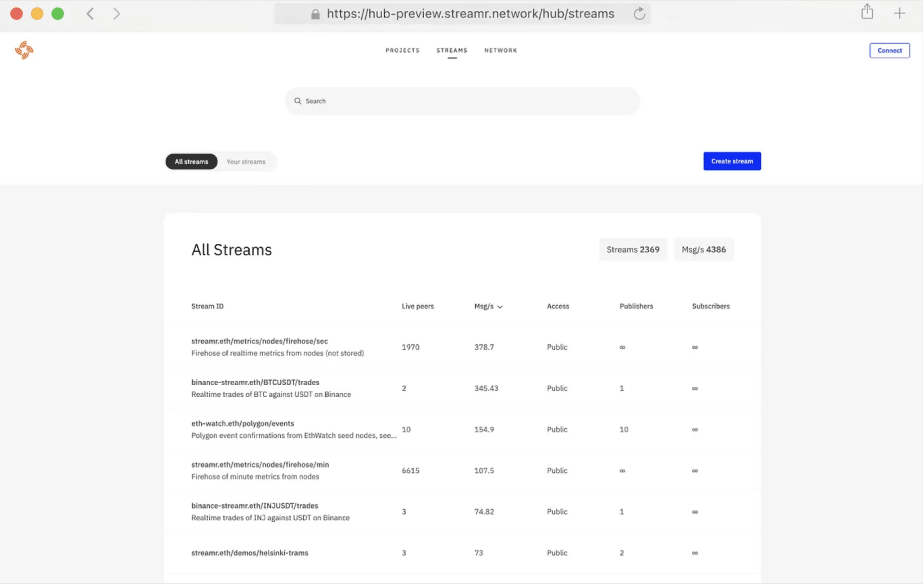
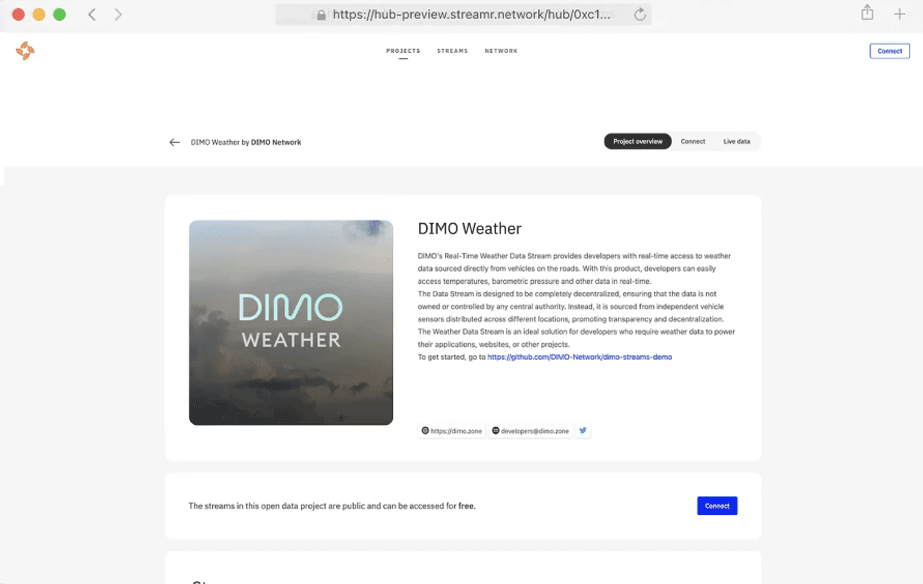
Relaunching the Hub’s user interface and usability
Streamr Hub’s first iterations date back to 2018. In retrospect, the initial user interface appeared intimidating and confusing for newcomers. What started as a very tech-oriented approach had to be redesigned to appeal to a larger audience. The Hub’s primary goal is to encourage users to create, share, and discover other real-time data sources.
Now, users can easily explore open data streams such as health and performance metrics of chain adjacent Web3 projects, as well as any public good data source. The new update also streamlines user onboarding and data stream creation, lowering the threshold of publishing data to the Stream Network.
 Matthew Fontana
Matthew FontanaStreamr CEO
“TX always delivers on time and listens carefully to our needs. The team listens to the client’s needs and goals and explains complex and technical terms in an understandable manner. Moreover, their work quality and attention to detail are impressive.”
Creating a completely decentralized service
The new UI was also tasked with presenting a transparent view of the Streamr Network. However, the nature of decentralization makes it difficult to track the state of the Network and its data streams. A network crawler was built to solve this issue.
Similar to website crawlers, this one jumps between different streams, analyzes their topology, and outputs key metrics such as the number of live peers and messages relayed per second.
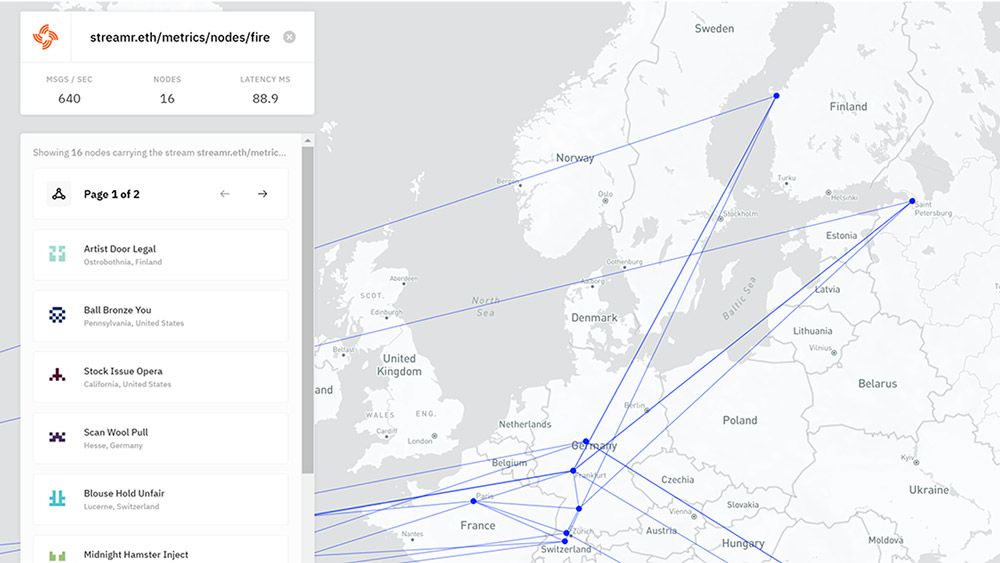
Another hidden but significant upgrade was eliminating the remaining centralized pieces of the web app. For example, the Hub’s project registry was previously stored in a database, which stored the project’s metadata and user credentials. Now, the registry is kept and managed on-chain while the project images are stored on IPFS.
Future development with the Streamr Hub
As Streamr closes in on its 1.0 milestone coming later this year, the Hub will become the primary interface for Streamr Node Operators.
The future updates will introduce a more detailed Operator view, new node runner tools and user-friendly interfaces that will allow anyone to create stream sponsorships that incentivize Operators to promise their Streamr nodes to support the relaying of data inside a stream.
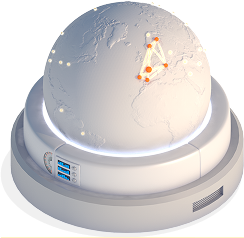
Contact us
Join forward-thinking companies that are setting a new standard in digital business. Whether you're launching a new venture, scaling a B-brand, or transforming an existing operation, TX is here to drive your success.
Book a time with Jarmo